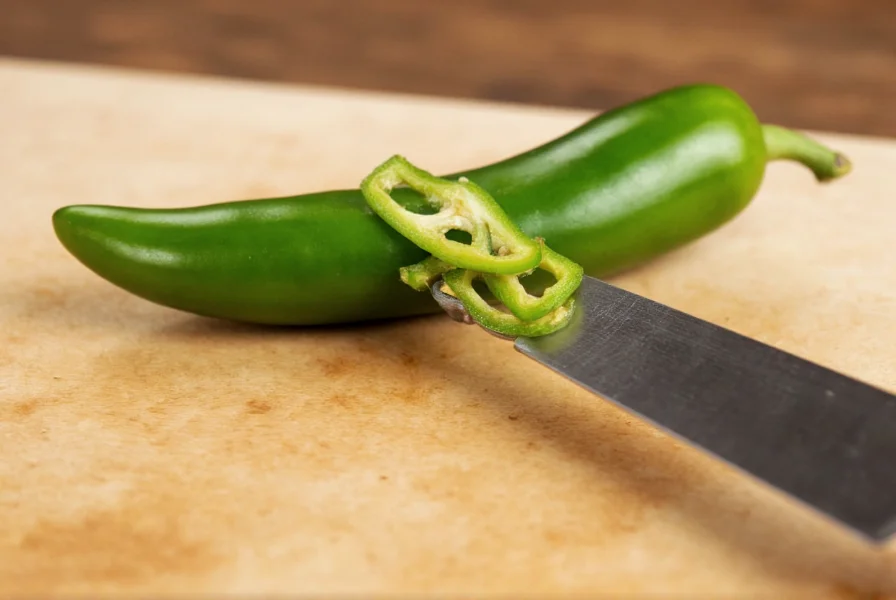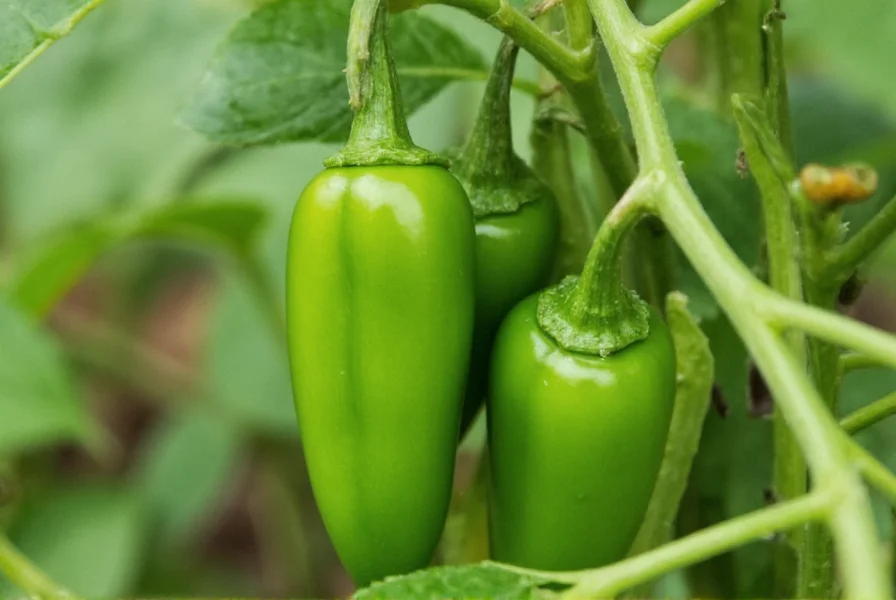A jalapeno pepper seeder solves a common culinary challenge: safely and efficiently removing the seeds and white pith from jalapeno peppers without exposing your skin to capsaicin, the oil responsible for their heat. This specialized kitchen implement has become increasingly popular among home cooks and professional chefs who regularly work with spicy peppers.
Unlike generic kitchen tools, a dedicated jalapeno pepper seeder features a uniquely shaped blade or scoop that matches the interior contour of jalapeno peppers. The ergonomic design allows you to remove seeds in a single motion, typically taking just 2-3 seconds per pepper. This efficiency becomes particularly valuable when preparing multiple peppers for recipes like jalapeno poppers, stuffed peppers, or hot sauces.

Why Use a Specialized Jalapeno Pepper Seeder?
While you can remove jalapeno seeds with a knife or spoon, a purpose-built seeder offers distinct advantages for those who frequently work with spicy peppers:
- Reduced skin exposure - Minimizes direct contact with capsaicin, preventing painful burns
- Time efficiency - Processes peppers 3-4 times faster than manual methods
- Complete seed removal - The specialized shape reaches into the pepper's curves better than generic tools
- Consistent results - Creates uniform seed removal without damaging the pepper flesh
- Ergonomic handling - Keeps your fingers away from the hottest parts of the pepper
How to Use a Jalapeno Pepper Seeder Properly
Using a jalapeno pepper seeder correctly ensures maximum efficiency and safety. Follow these steps for best results:
- Wear disposable gloves to protect your hands (optional but recommended for sensitive skin)
- Cut the stem end off the jalapeno pepper
- Insert the seeder tip into the open end of the pepper
- Push the tool through the length of the pepper while rotating slightly
- Lift out the seeder with seeds and membranes attached
- Rinse the pepper interior under cold water to remove any remaining seeds
The curved design of most jalapeno pepper seeders follows the natural shape of the pepper, allowing the tool to scrape along the interior walls and dislodge seeds effectively. For larger batches, work over a cutting board with a groove to catch seeds and prevent mess.
Jalapeno Pepper Seeder vs Manual Seeding Methods
When comparing seeding techniques, the specialized tool consistently outperforms traditional methods:
| Method | Time Per Pepper | Capsaicin Exposure | Seed Removal Efficiency | Skill Required |
|---|---|---|---|---|
| Jalapeno pepper seeder | 2-3 seconds | Minimal | 95-98% | Low |
| Knife and fork | 15-20 seconds | Moderate to high | 80-85% | Moderate |
| Spoon | 10-15 seconds | Moderate | 70-75% | Low |
| Fingers | 8-12 seconds | High | 60-70% | None |
Safety Considerations for Jalapeno Handling
Regardless of your seeding method, proper safety practices are essential when working with jalapenos. Capsaicin can cause significant irritation to skin and eyes, and the effects can last for hours. Consider these safety tips:
- Always wash hands thoroughly with soap and cold water after handling jalapenos (hot water opens pores and increases absorption)
- Avoid touching your face, especially eyes, while preparing peppers
- Consider wearing nitrile gloves for extended pepper preparation sessions
- If you experience burning, apply milk or yogurt to affected areas (capsaicin is fat-soluble)
- Clean all tools and surfaces with soapy water immediately after use
Maximizing Your Jalapeno Pepper Seeding Experience
For the best results with your jalapeno pepper seeder, follow these professional tips:
- Use firm, fresh jalapenos - softer peppers may break during seeding
- Cool peppers in the refrigerator for 30 minutes before seeding to reduce capsaicin volatility
- Work near a sink for quick cleanup of stray seeds
- Store your seeder in a designated spot for easy access during food prep
- Choose a stainless steel model for durability and easy cleaning
- Consider a model with a protective cover for safe storage

Common Mistakes to Avoid
Even with the right tool, improper technique can undermine your jalapeno preparation. Avoid these common errors:
- Using excessive force that damages the pepper walls
- Skipping the initial stem removal, making insertion difficult
- Not rotating the tool slightly while pushing through the pepper
- Using a dull or inappropriate tool that doesn't match jalapeno dimensions
- Handling seeded peppers with bare hands after seeding
- Storing the seeder while still contaminated with capsaicin
Remember that the heat level of jalapenos varies significantly based on growing conditions, with stress often increasing capsaicin production. Even when using a jalapeno pepper seeder, some residual heat will remain in the flesh, though removing the seeds and membranes (where most capsaicin concentrates) significantly reduces the overall heat level.











 浙公网安备
33010002000092号
浙公网安备
33010002000092号 浙B2-20120091-4
浙B2-20120091-4